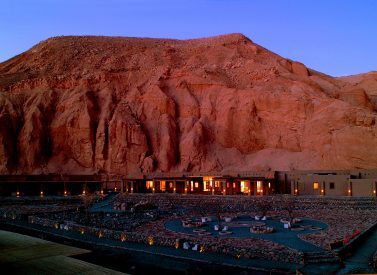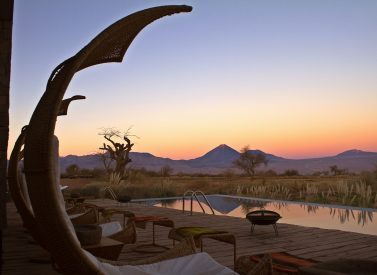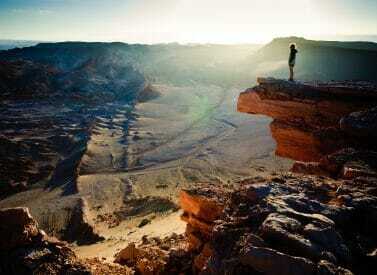
San Pedro de Atacama Desert Tour
Our San Pedro de Atacama tour showcases the best of this natural wonder.
Travel to the heart of the world’s most arid desert.
The Atacama desert is located at 2,400m/7,874ft and features geysers, hot springs and some great short treks as well as the incredible star-filled night skies.
This outline 6 day/5 night itinerary takes in more highlights that this magical place has to offer – history, archaeology, flamingos, salt flats and altiplanic lakes.
More on San Pedro de Atacama desert tours
The fully flexible itinerary is set out to show you the best of the region.
We include the Valley of the Moon, a great introduction to the lunar topography of the Atacama.
Later, we take in Laguna Chaxa and the Atacama salt flat with its 3 types of flamingos.
There are visits to Miñiques and Miscanti Lakes, up high at over 4,000m/13,123ft, and in whose blue waters the volcanoes of the same name are reflected.
Puritama hot springs offer up a chance to soothe your body in waters that are naturally over 30 degrees Celsisus.
A real highlight is the Tatio Geyser fields, where you can witness the force of nature with magnificent displays
Finish, moon conditions permitting, with a guided tour of the galaxies on a star gazing tour – Atacama has some of the clearest skies in the world.
Trip Highlights
Print Share Download as PDF-
Small, guided group tours to the very best sites of San Pedro de Atacama.
-
Visit geysers, Valley of the Moon, hot springs and more.
-
Enjoy stargazing under some of the world's clearest skies.
-
Amazing volcanoes, lakes and scenery at every turn.
Full Itinerary
Day 1: AM arrival Calama, shared transfer to San Pedro de Atacama. PM: Shared Valley of the moon tour, hotel
Morning arrival to Calama Airport.
We meet you here and it’s a shared transfer in a small van to San Pedro de Atacama (1.5 hours) with an English-speaking guide.
On arrival, check-in and enjoy lunch (not included) in town, before our PM trip.
In the afternoon, we depart from your hotel in San Pedro of Atacama and head to the Cordillera de la Sal (Salt Mountain Range), where you will visit the Valley of the Moon (“Valle de la Luna”) that forms part of the National Flamingo Reservation.
This unique place is famous for its natural rock sculptures, one of them being “Las Tres Marias” (The three Mary’s) formed by the wind erosion, Next, visit Death Valley (“Valle de la Muerte) where salt formations resemble works of art.
Finally, end your trip with a magical sunset at the Kari Viewpoint, one of the highest points of the “Cordillera de la Sal”.
Note: We pick you up from Calama airport and take you to the hotel. Calama airport is best accessed via flights from Santiago, Chile. You can also arrive into San Pedro via Bolivia, from the Uyuni Salt Flat, by bus or private transfer. Contact us for details.
Day 2: Private tour to Atacama Salt Flat and Altiplanic Lakes, hotel (B,L)
After breakfast, depart from your hotel for a shared tour to the Atacama Salt Flat and Miñique and Miscanti lagoons.
Drive to the Atacama Salt Flat, one of the largest in the world. Visit Soncor and the Chaxa Lagoon, where three species of three species of pink flamingos. the James, Chilean and Andean, can be found.
Continue and travel further within the Altiplano, reaching 4,300m/14,108ft and the Miñique and Miscanti lagoons which lie at the foot of the Miñique and Miscanti volcanoes.
Return stopping in Socaire for lunch at one of the rustic kitchens in the village.
After lunch, drive to the village of Toconao, where we will visit the main square, the bell tower built in 1750 and made of cactus wood and the church of San Lucas, both National Monuments.
Return to to San Pedro de Atacama.
Day 3: Morning private Puritama hot springs. Afternoon private Cornisas trek, hotel (B)
After breakfast we head on a shared tour to the Puritama hot springs 33km North of San Pedro at 3,500m/11,483ft.
Here there are natural pools with waters between 30°C and 33°C. There are bathrooms and dressing rooms connected to the pools by wooden walkways.
In the afternoon we take a short drive after which we will be dropped off at the Catarpe tunnel at the the top of the Salt Range where we will start our 2 1/2 hour trek into the heart of the Valle de la Muerte tackling the sand dunes and with stunning views of the Valley.
We return to our hotel.
Day 4: Morning private half day Guatin and Gatchi trek. Afternoon free, hotel (B)
We depart from our hotel in San Pedro de Atacama, for a 30-minute drive to Guatin, 3,000m/9,843ft.
We reach a path that lies next to the river Vilama. Our walk takes us through a cactus forest, with native riverside flora like foxtails to enjoy. The cacti, or Cardones, are here in great numbers, making for an other-wordly feel to this special place.
We continue our walk to a viewpoint where we see the Puripica and Puritama rivers, both of which give life to the Vilama river whose company we have enjoyed on this sojourn.
We return to our hotel.
Walking time approximately 2 1/2 hours.
Afternoon free.
Day 5: Shared Tatio geysers. Evening shared star gazing tour, hotel (B)
Pick up at dawn from your hotel in San Pedro de Atacama.
We head towards the Altiplano, reaching an altitude of 4,320m/14,173ft for our visit the Tatio Geysers, one of the most important geothermal fields in the world.
The fumaroles can easily reach 10 metres high and the geysers up to 8 metres.
After witnessing the spectacle there is time for a swim in the natural hot pool nearby. The drive back includes stops at the wetlands of Putana and the typical altiplanic village of Machuca.
Return early afternoon to San Pedro. Rest of the afternoon free.
Explore San Pedro from its famous archaeological museum to its colonial church – one of the oldest in Chile.
In the evening shared star gazing tour – climatic/moon conditions permitting (please ask us about the Moon calendar)
Transfer to the observation site. Atacama has some of the clearest skies in the world and this is one of the best tours. You’ll see the night sky in a completely different way after this tour.
Explanation of the sky followed by observations through the telescopes. The tour finishes with a warm drink and transfer back to San Pedro.
Day 6: Shared transfer to Calama airport (B)
Shared transfer to Calama airport for departure flight.
Prices From $2,345 / £1,906 per person
What's Included?
Transfers, tours, meals, entrance fees and accommodation as indicated.
What's Not Included?
Flights, services not mentioned in the itinerary, extras and tips, alcoholic or soft drinks
Accommodation
Pricing based on 3 star hotel, twin/double base with ensuite bathroom.
Upgrades available at extra cost.
Tour Staff
Guides are all qualified professionals who know the area well.
We use small groups so that you get to know the area better.
Meals
We can cater for almost all dietary requirements – please contact us for more.
We include only breakfasts at hotels, which will be buffet/continental style, depending on hotel chosen. They usually include hot drinks, teas, coffees, toast, cereals, jams and fruit juices etc.
San Pedro town is small but has a wide selection of international and Chilean restaurants to suit most budgets and tastes.
Activity Level
You need to be in good health and physical condition to enjoy such this trip, albeit it we do not classify it as anything more than an easy trip.
In this program you will be trekking between 2 to 3 hours, abd on two days at altitude.
Although the treks themselves are not particularly strenuous the terrain and altitude may be more taxing than expected.
Please bear in mind that the weather in the Atacama changes from day to night causing the temperatures to drop considerably. These weather conditions can easily affect both body and morale.
Practical Information
An introduction to Chile
Chile is the land of contrasts, from verdant vineyards to driest desert, deep fjords and towering glaciated volcanoes.
A narrow but incredibly long, snake-like country, Chile’s unusual geography features more than 5,000km of South Pacific Ocean coast. The country is almost 4,400km long but barely more than 160km at its widest.
It is best divided into general regions, all of which offer spectacular landscapes and identities of their own.
This variety means Chile is the land where almost every activity is possible. Hiking, biking, rafting and kayaking.
Or climbing, cruising, fishing, horse riding, wine tasting.
Or simply eating great food, relaxing and exploring.
Geography of Chile
Patagonia
Trekking heaven. Paine National Park lies in Patagonia and features some of the best trekking in South America. With no altitude worries here, hikers enjoy an unrivalled mix of access to wild flora and fauna that exists in this massif. It is at once windswept, and then balmy. Paine National Park is a must see for walkers visiting South America.
Northern Patagonia is the least densely populated part of the country – spectacular virgin scenery make this a hidden gem and superb area for trekking, boating and horse riding.
And that’s before you think about possibly cruising through fjords, or kayaking them, flying to Antartica or staying at a working hacienda.
Easter Island
Iconic, Easter Island is an archaeological treasure. Here you will find the famous Moai stone statues, as well as caves and rocks decorated with etched petroglyphs and painted pictographs.
Northern Chile
Northern Chile features the Atacama, the driest desert with the clearest skies in the world, is alive with active volcanoes replete with spitting geysers mixed with archaeological wonders and fantastic rock formations.
Central Chile is the heart of Chile and includes the capital Santiago. With its Mediterranean climate of hot dry summers and mild wet winters, this central valley produces some of South America’s finest wines, Colchagua Valley to name but one.
Here, the Andean mountain chain soars more than 6,000m above sea level. Chile’s traditional symbols such as huaso (cowboy) and cueca (national dance) originate here, an area which is rich in agriculture and produces most of Chile’s export fruit.
In winter, skiers are attracted to this tasting the promise of some fabulous snow on the huge peaks which overlook Santiago.
Southern Chile and the Lake District
Lush and verdant, The Lake District area is the place to climb snow-capped volcanoes by day while relaxing next to stunning glacial lakes by evening. You can walk, bike, raft, cruise and drive your way around this beautiful region.
Central, southern and Patagonia Andes all present different challenges to mountaineers and trekkers. Options are varied in the central Andes with many of the Patagonian peaks remaining unexplored and unsummitted.
Weather in Chile
Chile’s climate varies greatly, owing to its sheer length, variation of terrain and varying altitudes and latitudes.
Lake District and Patagonia
In the south of Chile, here temperatures drop a little compared to the rest of Chile.
It can be better to go in the Austral summer (Oct-March). Daylight hours are much longer at this time, with Nov-Feb being popular times to visit. October and March can be very colourful and vivid with less visitors, but weather can be more blustery.
In Patagonia, the weather is, putting it mildly, variable, and variable on a daily basis. It is usually cool and windy all year round but seldom does the temperature fall below freezing point. Some days start with snow and end in balmy sunshine. It is always interesting, and can range from 10°C-20°C in the summer, although the wind can make it feel chilly.
The vast unbroken stretch of ocean to the west and south of the South American continent leaves the Patagonian Andes very exposed to the saturated winds that circle the Antarctic landmass. Also the South Patagonia Ice field influence makes the weather hard to predict. In spring or early summer fine weather may deteriorate almost without warning, bringing rains and eventually snow. Even in summer (Dec-Mar) you should come prepared to find cold, strong winds (up to 130 km/hr) and rainfalls. The summer’s average temperature is 11ºC/52ºF (24ºC max, 2ºC min).
Winter visits to these southern areas are possible, but many hotels close and not all trips are possible. Daylight hours can be very short, but the lack of visitors can greatly improve chances of seeing wildlife in parks such as Paine.
The Lake District’s temperate climate can be said to resemble that of the UK, with rain possible but also enjoying long spells of fine, fresh weather in the summer (Oct-March).
Easter Island
Although sub-tropical and essentially a year-round destination, Dec-Feb are the most popular times to visit Easter Island as it is summer there and temperatures average 24°C. There can be colder days and it can be humid too.
The winter months (Jun-Oct) on Easter Island are not overly cold, but they can be cool. The average low temperature is 16°C but there is usually a wind at this time of year that makes the temperature feel cooler than it really is.
The wind rarely stops blowing at this time of year.
Northern Chile
The north of the country lies in the tropical zone, but in the main is desert. It is dry and sunny all year round, but does get cold at night time in the high altitude areas.
In winter (June-Aug) the average daytime temperature is 22°C (72°F) and by night 4°C (39°F), descending to -2°C (28°F) in extreme cases.
During summer (Jan-Mar) the temperature fluctuates between 27°C (81°F) and a minimum of 16°C (61°F) at night, reaching maximums of 32°C (90°F), with occasional showers.
Central Valley
The wine growers love the central valley, which has a suitable Mediterranean climate of hot dry summers (Nov-March).
Then, temperatures range from 17°C in the evening and can go up to 30°C inland. It is cooler during the day on the coast.
During winter (May-Sept), which is essentially mild and wet, temperatures inland can vary from 5°C to 18°C during the day, and a bit warmer on the coast.
Autumn (Mar-April) and Spring (Oct-Nov) are lovely times to visit, although hotels in Santiago can book out in March, October and November, as it is conference season.
Kit list and climate
Climate
The Atacama’s weather follows a desert hot day / cold night pattern. The Atacama Desert is the driest place on Earth so the chances of rain are minimal.
Summer: Daytime temperatures can range between 15°C and 20°C (low 60s and low 70s F). At night these can drop to between 0°C and 5°C (23s and 40s F).
Winter: Daytime temperatures can range between 13°C and 20°C (low 60s and low 70s F). At night these can be between -10°C and 0°C (23s and 40s F).
Kit list
Good kit is vital for every trip.
Book with Andean Trails and get 15% off Páramo’s fantastic ethical and high performance outdoor gear.
Be nice to your feet! Make sure hiking boots are broken-in. Bring moleskin, Second Skin (or similar) for fast foot treatment and blister prevention.
If you are bringing a camera, include plenty of film or digital cards with enough megabytes for hundreds of pictures and spare batteries.
If you are concerned about airport security x-ray machines and your film, then consider adopting the travel style of many professional photographers – separate your film from their black canisters. Put your film in plastic or net bags to be easily hand/visually inspected. Then you can combine your film and canisters on reaching your destination. If your film has clear canisters, this is not necessary.
Stuff sacks are great for sorting your gear. Use different sizes and colors to differentiate the contents in your duffel bag/backpack.
Typically, you will be carrying your water-bottle, fleece or wind stopper jacket, rain jacket & trousers, your camera and other small miscellaneous items in your daypack.
Official papers
Valid passport, airline tickets, photocopy of passport & driver’s licence.
Casual city clothes
Bring a few outfits for city wear. These can be left in a luggage storage room at your hotel while on trips.
Luggage
Daypack (20-35 litres) to hold water-bottle, rain gear, warm jacket, lunch for the day camera, etc.
Small locks (for securing duffel zippers)
Clothes
Medium weight parka or a down jacket.
Waterproof jacket and trousers. The jacket needs to be water proof and roomy. Side-zip pants are recommended.
1-2 long-sleeve shirts – no cotton
2 short-sleeve T-shirts – no cotton
1 pair of hiking pants – cotton or synthetic material (no jeans)
1 fleece or sweat pants (for cold evenings)
2 pairs hiking shorts
Long thermals – synthetic or wool – light to medium weight top & bottoms.
2-3 midweight (wool or synthetic)
2-3 liner socks if needed
Athletic-type socks, several pairs, city use
Hiking boots that are waterproof and well broken-in.
Running/tennis shoes or sandals are very comfortable
Sandals
1 lightweight wool sweater or windproof fleece
1 wool or synthetic warm hat.
1 light sun hat with a wide brim.
1 pair of medium-weight wool or synthetic gloves
Swimming gear for the pools
Accessories
1 or 2 one-litre water-bottles
Pocket knife
Travel pillow, ear plugs
Emergency repair kit (needle & thread, nylon cord, buttons, safety pins.)
Toilet items. (Biodegradable soap, toothbrush, toilet articles.)
Towelettes (i.e. Wash ‘n’ Dries; useful for hygiene.)
Towel and/or washcloth.
Compact flashlight or head lamp. (Bring fresh, spare batteries and bulb.)
Plastic bags for items that must stay dry, or wet items. (Various sizes)
Sunscreen and lip balm with an SFP 30+
Sunglasses. (The wrap around type are nice to help keep dust out of your eyes).
Optional accessories
Camera and lots of film/memory cards, Passport carrier or money pouch, wind jacket and trousers, trekking poles (collapsible), reading and writing material, spare eyeglasses or contacts, insect repellent (not usually needed), snacks, chocolate etc., binoculars (small and lightweight)
ATOL holiday protection
Andean Trails has 25 years of experience of putting together the best South America holidays.
We pay a fee to the CAA for every licensable passenger we book since we hold an Air Travel Organiser’s Licence granted by the Civil Aviation Authority. In the unlikely event of our insolvency, the CAA will ensure that you are not stranded abroad and will arrange to refund any money you have paid to us for an advance booking.
We also offer ATOL (Civil Aviation Authority) protected holidays to give our customers peace of mind when booking and travelling.
When you buy an ATOL protected air holiday package from Andean Trails Ltd you will receive a Confirmation Invoice from us confirming your arrangements and your protection under our Air Travel Organiser’s Licence number 6275.
You can read more about ATOL, who is covered and what protections you have if not ATOL-covered, on our ATOL page.
What is ATOL?
The CAA’s ATOL scheme offers protection to your money and your holiday if you book with us. Not everybody is covered (see ‘Who is covered?’ for more), as you must purchase an ‘air package holiday’ with Andean Trails to be protected.
And ‘air package holiday’ is defined as including a flight and some ground services (hotel, transfer, trek etc). This is also known as an ‘ATOL-protected holiday’.
Who is covered?
To be covered by ATOL, you must book a flight and some ground services with us and be from the UK. If you are from the UK and only book ground services and no flights, you are not covered by ATOL (see below for more on how non-ATOL clients are covered).
If you are outside the UK and buy flights with us, you will be ATOL protected IF any of the flights booked with Andean Trails touches/stops in the UK at any point during your holiday package booked with us.
If you buy your flights elsewhere, please check with that agent if you are ATOL protected. Be careful with online flight purchases and make sure you know what protection you have, if any, before paying for flights.
Not all holiday or travel services offered and sold by us will be protected by the ATOL scheme. Please ask us to confirm what protection may apply to your booking.
For land only holidays not involving any air travel, in accordance with “The Package Travel, Package Holidays and Package Tours Regulations 1992”, all UK passengers booking with Andean Trails Ltd. are fully protected for the initial deposit and subsequently the balance of all money paid to us, arising from cancellation or curtailment of travel arrangements due to the insolvency of Andean Trails.
I’m not ATOL covered, what protection do I have?
If you are not ATOL covered, any payments you make to us go to a Trust account.
We can only access this money once your tour has been completed, meaning that if anything happens to Andean Trails Limited while you are on holiday, then your money is secure and you can either complete the trip or be able to make it home.
If you pay for your holiday with a credit card, some offer payment protection – please check with your cardholder.
You also should have cancellation protection written into your insurance (which we recommend you have at the time of booking) in case you need to cancel.
Chile Lake District
The Chilean Lake district is an area of snow capped volcanoes that overlooks pristine lakes surrounded by forests and rolling countryside.
The Northern gateway is Temuco Airport. A short drive is Villarrica Lake overlooked by the volcano of the same name. The monkey puzzle tree is autochthonous to the region and can be found all over particularly in Conguillio National park.
The town of Pucon is a great base from which to explore the nearby National parks, hot springs, Mapuche indigenous settlements and for the more adventurous rafting, canopy, trekking and climbing.
In the middle of the region you will find the private Huilo Huilo Biological Reserve, a protected area of Patagonian cold rain forest.
The Southern sector, whose gateway is Puerto Montt, is dominated by Lake Llanquihue and the conical Osorno Volcano.
A popular base is the town of Puerto Varas on the lake shore from where one can visit the local beauty spots or set off on adventures that include biking, kayak, trekking, rafting and much more.
This area combines very well with the Argentine Lake district and the towns of Bariloche and San Martin de Los Andes.
Chile, Atacama desert
The Atacama desert covers the northern quarter of Chile.
Said to be the driest in the world it is a melting pot of earthy tones ( red, yellow, purples, browns etc ), amazing rock formations, stunning mountains and volcanoes, flamingo speckled salt flats and some of the clearest skies on the planet.
San Pedro de Atacama is the ideal base to explore the nearby geysers, hot springs, salt flats, lakes, and at night be amazed by the star studded skies.
Those after adventure can pass the time trekking, biking, horse riding and exploring.
For a bit of culture the pre Columbian museum, colonial churches and pre Columbian archaeological sites will keep one fascinated and for the nature enthusiast the scenery, wildlife and environment won’t disappoint.
Chilean Patagonia
Chilean Patagonia is a pristine wilderness of fjords, glaciers, plains, mountains and forests.
Southern Patagonia’s main attraction is the Torres del Paine National park. The granite spires attract many visitors to what some have called the 8th Wonder of the World. The park is a trekkers paradise with two classic treks, the Paine W and the Paine Circuit.
Northern Patagonia, the Aysen region, is one of the least populated parts of the country and is blessed with spectacular countryside.
The main airport is Balmaceda near the city of Coyhaique and must see places include Lake General Carrera and the Marble Caves, The San Rafael Glacier, the Quelat Hanging Glacier as well as driving the Austral Road.
The Futaleufu River is a must for white water enthusiasts.
The region also offers great horseback opportunities as well as kayaking ones. Nature enthusiasts can admire the impressive scenery, imposing glaciers and fascinating wildlife and flora.
Aysen, Chile
The Aysen region is one of the great undiscovered destinations of Chilean Patagonia.
Here you will find the world renowned white-water of the Futaleufu river, the marble caves on Lake General Carrera, the San Rafael Glacier, the Quelat Hanging Glacier and stunning scenery.
This part of the country is the least densely populated, so if you want to get away from the crowds this is the place to come.
Access has always been difficult to the region – the principal airport Balmaceda and it was only opened up less than 30 years ago, with the construction of the Austral Road from north to south.
Central Coast of Chile
The central coast is a rugged coastline very reminiscent of California – here you will find a string of small fishing coves, holiday towns and cities.
The ramshackle city of Valparaiso, with its colourful houses perched on the hills overlooking the bay, is a cultural icon, with its Museum home of Pablo Neruda, the Chilean Nobel prize-winning poet.
The coastal town of Zapallar is a great place to get away from it all and recharge the batteries.
The Humboldt current means cold water temperatures and currents that are not conducive to sea swimming, but does provide some of the best seafood in the world.
There are plenty of seabirds, including pelicans, and seals as well as sea lions.
Puerto Natales, Chile
Puerto Natales has the feel of a small frontier town.
Located on the banks of the Last Hope Sound this town had its origins in the shipping out of lamb from the local estancias.
Now it is the gateway to the Torres del Paine National Park and boasts an impressive selection of accommodation and restaurants.
Nearby attractions include the Milodon Cave and a full day sailing tour to the Balmaceda and Serrano Glaciers.
If you have time it’s worth trekking to the top of the nearby Dorotea hill for a spectacular view of the surrounding country side.
Santiago, Chile
Santiago, Chile’s vibrant capital sits in the middle of this thin long country flanked by some of the highest peaks of the Andes.
The city reflects the prosperity of the Chilean economy with a modern architecture particularly in the east of the city.
However there is still plenty for traditionalist to explore in the centre of the city including the Moneda Palace, Cathedral, Central Market with its array of fish restaurants and the pre-Columbian Museum.
There are lots of day trips nearby, from vineyard visits to Valparaiso, making Santiago a great base from which to explore.
Torres del Paine National Park, Chile
The granite spires of Chile’s Torres del Paine National Park are one of the great draws to Patagonia.
The Horns of Paine and the Towers of Paine look down on a network of valleys and lakes punctured by the odd glacier, which are a trekker’s paradise.
There are two classic treks, the Paine W and the more challenging Paine Circuit.
As well as the spectacular scenery the flora and fauna are great attractions and you will find many herds of guanacos as well as rheas, the odd Pudu – a rare miniature deer.
And if you are lucky, even a puma.
Vineyards of Chile
Chile is home to world famous wines and vineyards.
Its wine country surrounds the Metropolitan region of the capital, Santiago, making visits easy.
Many wineries can be visited as day trips from Santiago or there is the option to stay in a winery or hotel in the wine country.
The Colchagua Valley, a 3-hour drive from the city, has become a popular destination with a good offer of hotels in and around the town of Santa Cruz.
There are opportunities for visits to the wineries with tours of the production facilities and tastings. Mountain bike and horse back rides are also an option.
This part of Chile’s is also the heartland of Chiles rural traditions and the Chilean Huaso – cowboy and its traditional dances and music.
Prices From $2,345 / £1,906 per person
Valid until 30 April 2025, per person, shared room basis
Daily departure, minimum 2 people
Upgrades available
Shorter/longer stays available
Single supplement applies


Dates & Prices
Prices From $2,345 / £1,906 per person
Valid until 30 April 2025, per person, shared room basis
Daily departure, minimum 2 people
Upgrades available
Shorter/longer stays available
Single supplement applies
Can’t find what you’re looking for? Get in Touch
+44 (0)131 378 5593
+44 (0)131 554 6025



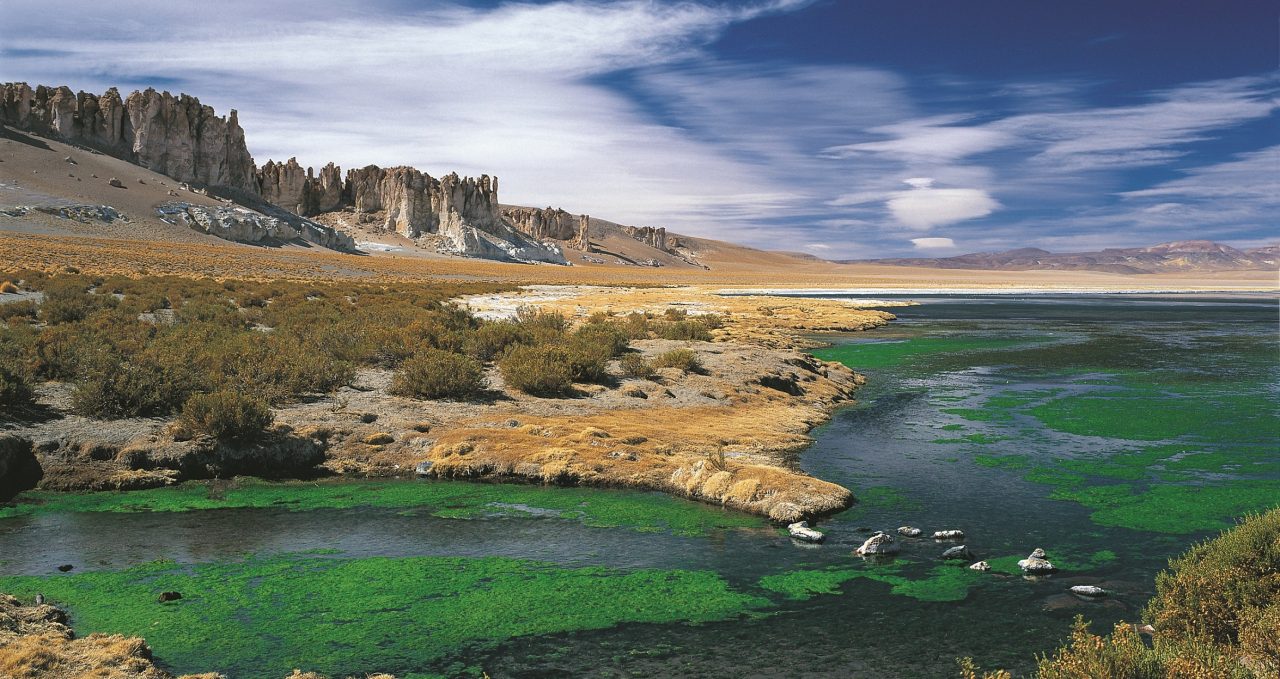
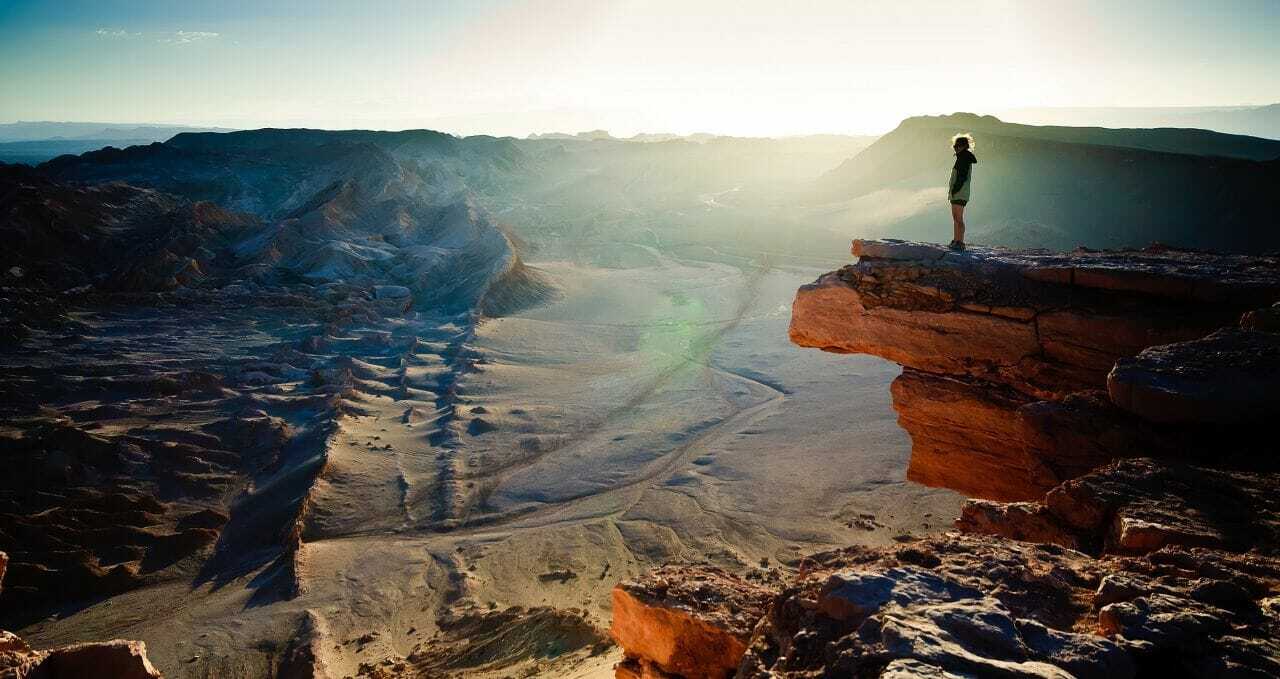
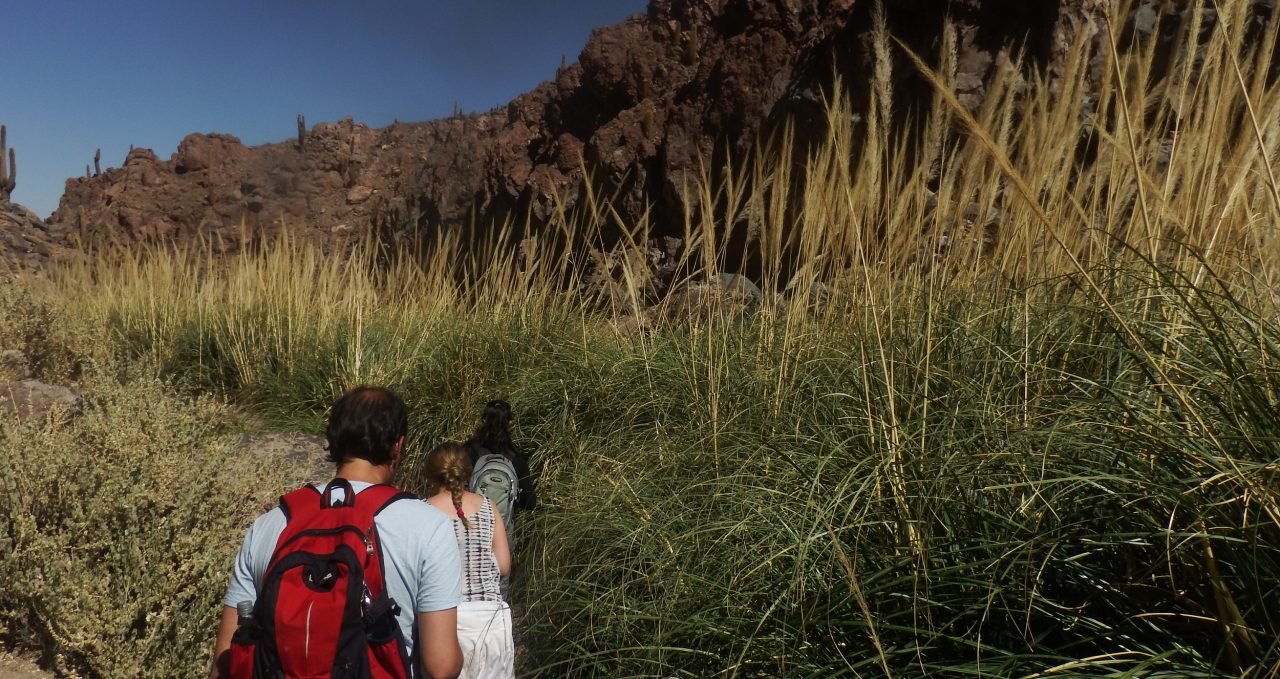
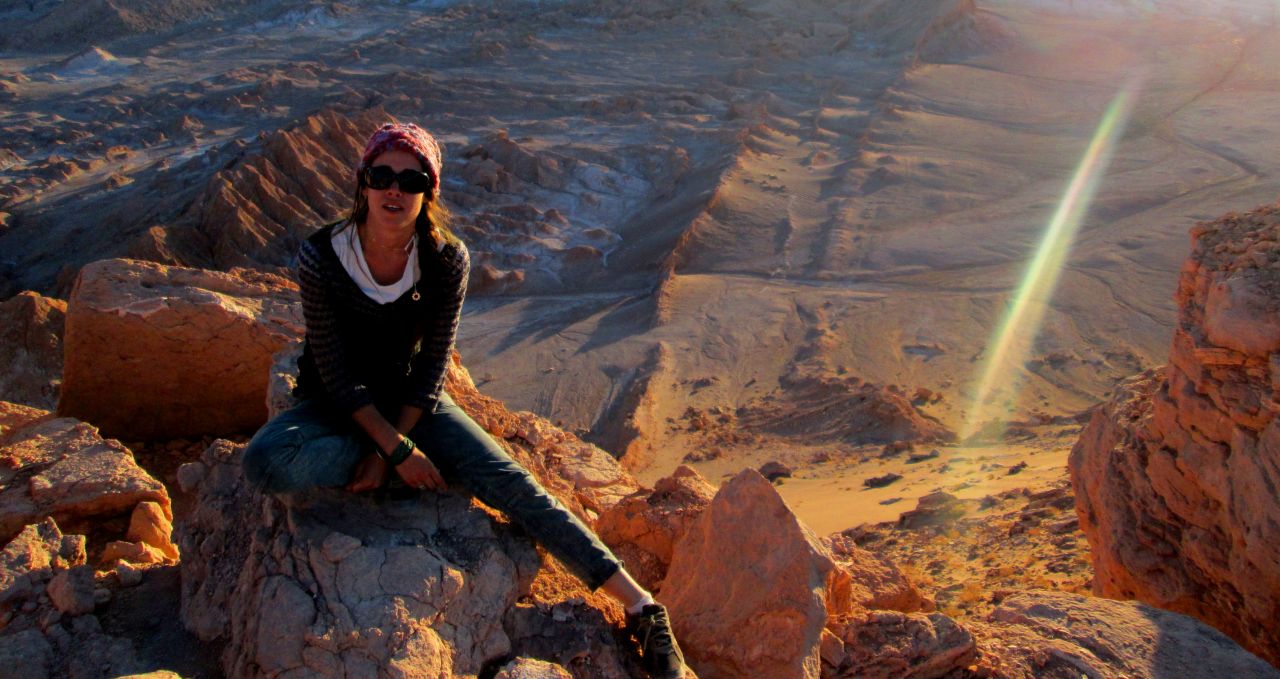
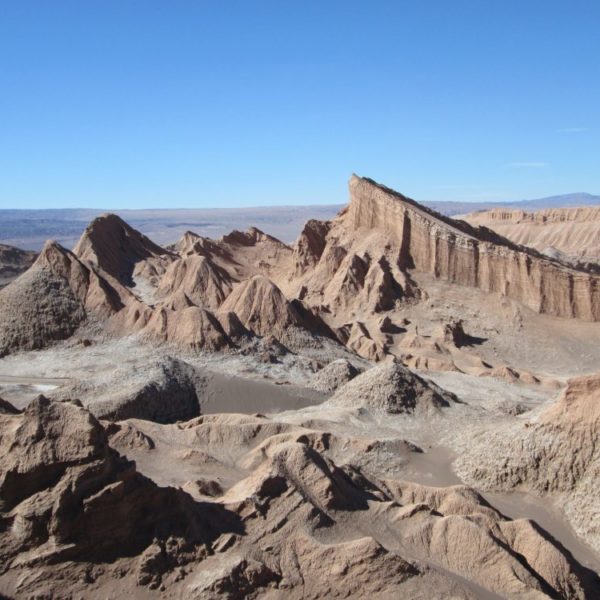
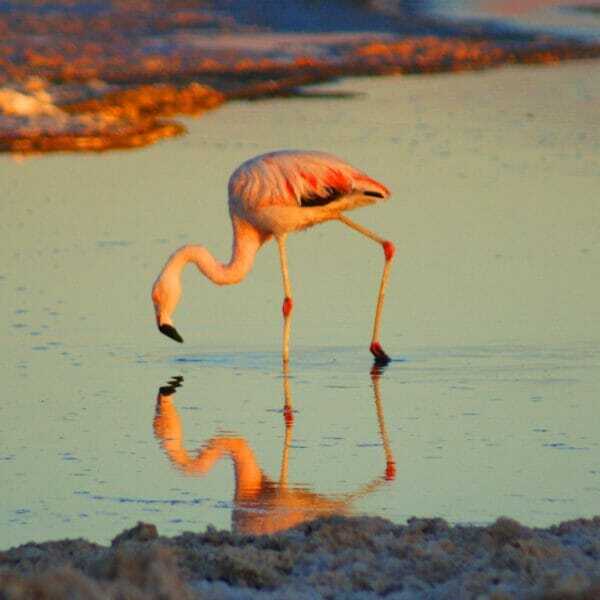
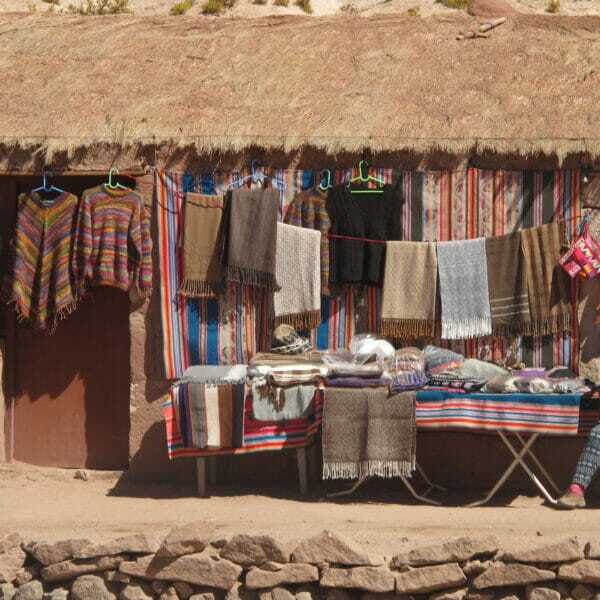
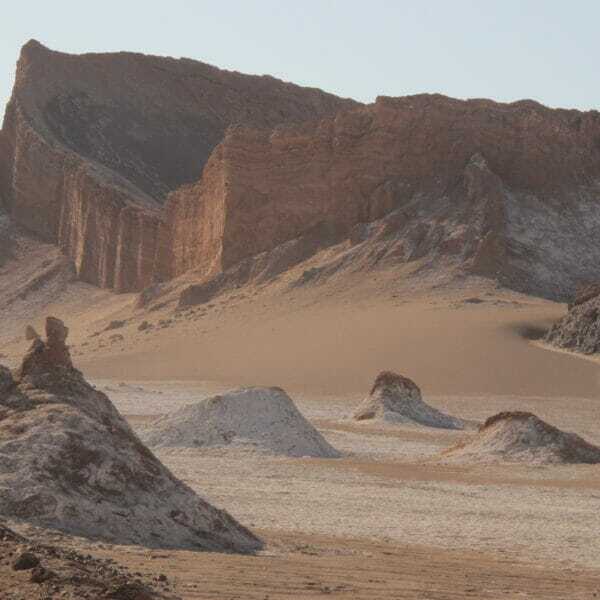
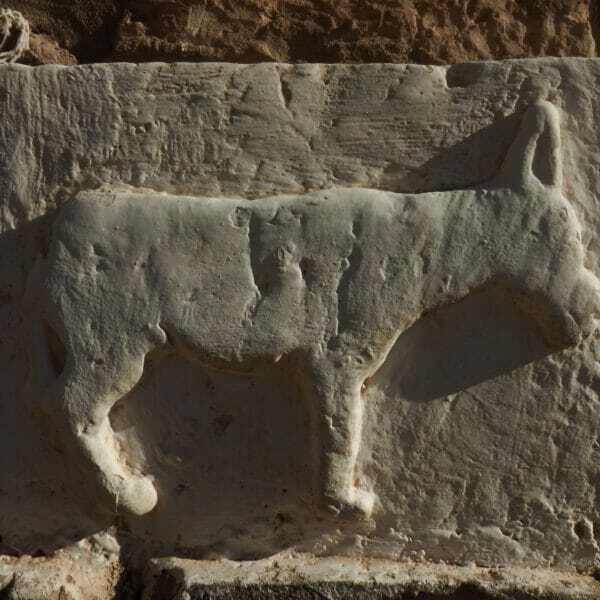
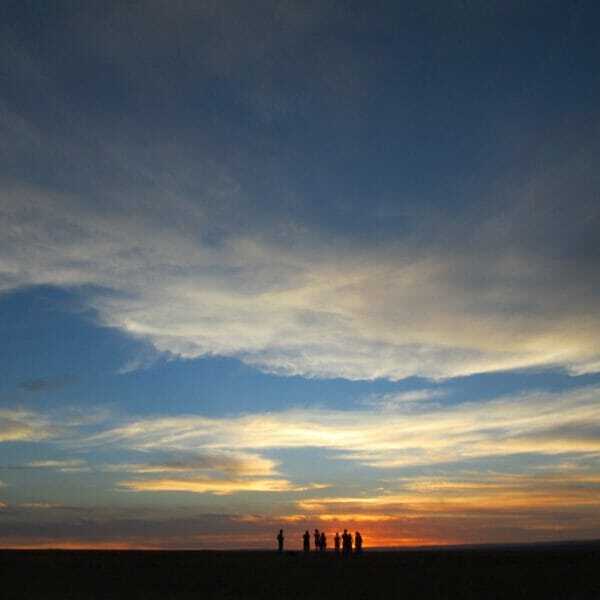
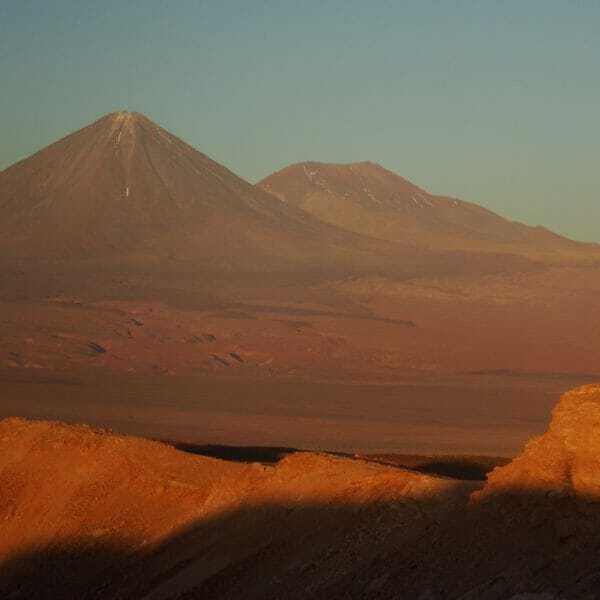
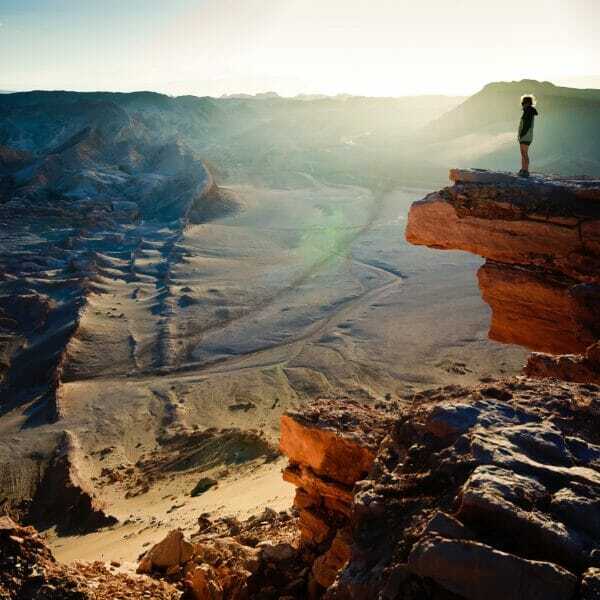
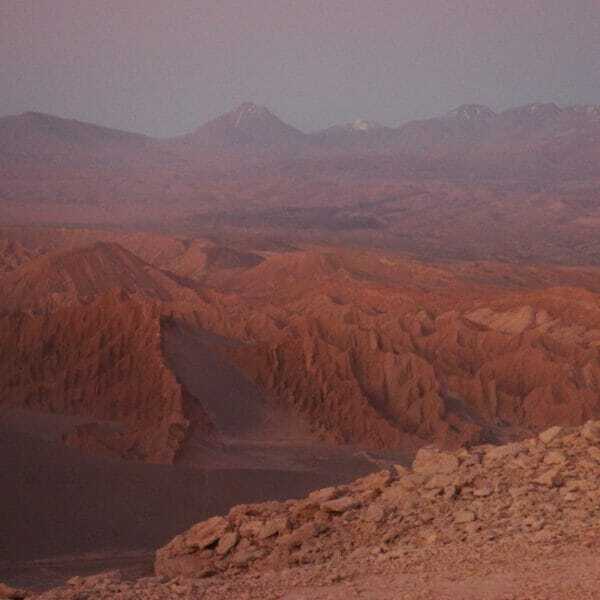
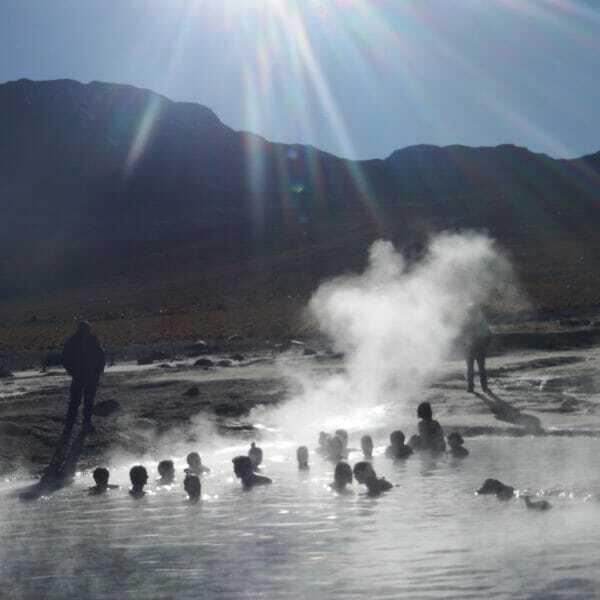
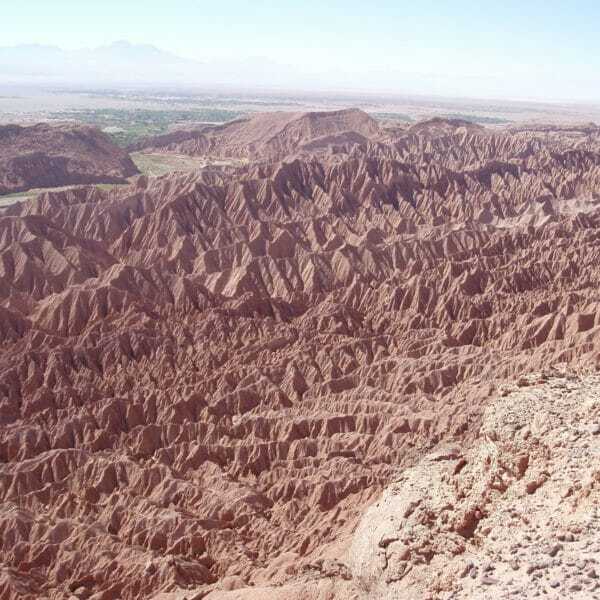
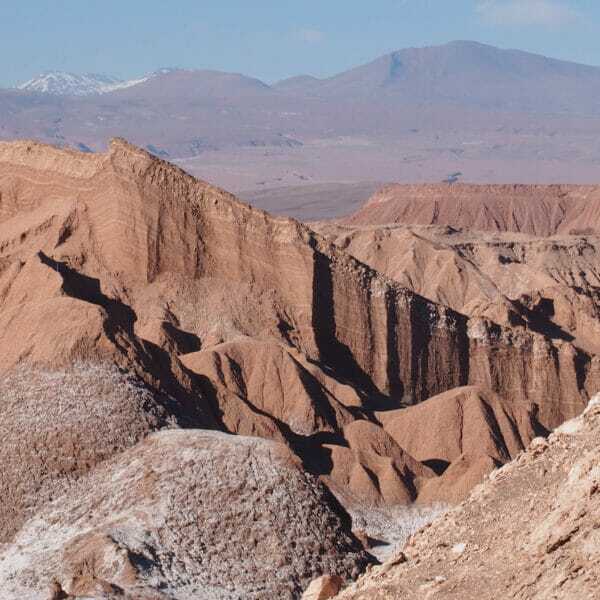
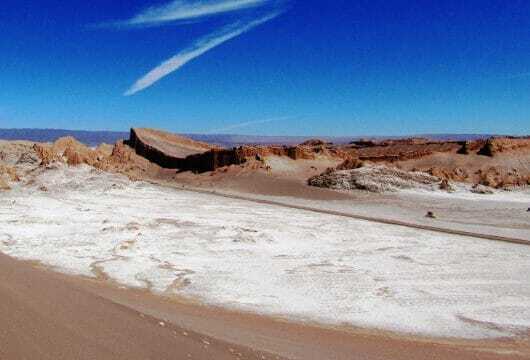
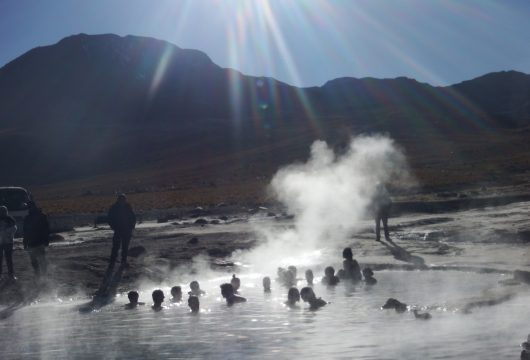
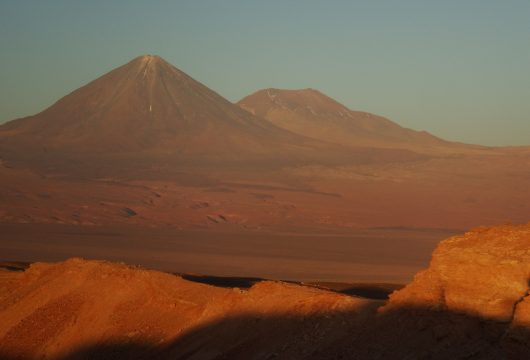
 a Group Tour
a Group Tour  a Tailor Made Tour
a Tailor Made Tour 